


Destination Moon
Postulates the first manned trip to the moon, happening in the (then) near future, and being funded by a consortium of private backers. Assorted difficulties occur and must be overcome in-flight. Attempted to be realistic, with Robert A. Heinlein providing advice.
-
- Cast:
- John Archer , Warner Anderson , Tom Powers , Dick Wesson , Erin O'Brien-Moore , Steve Carruthers , Franklyn Farnum


Similar titles
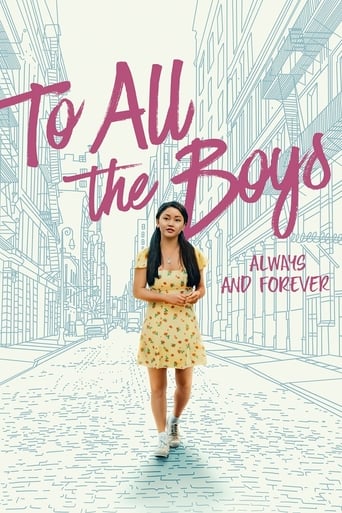


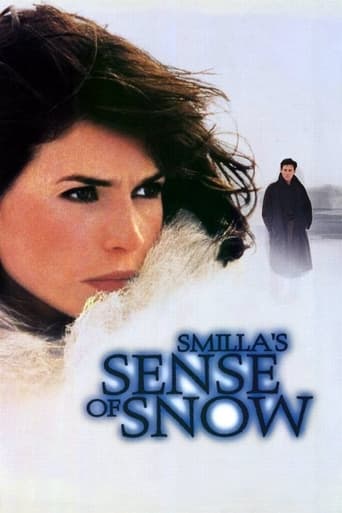

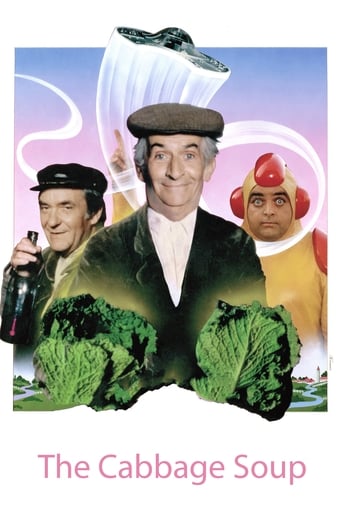
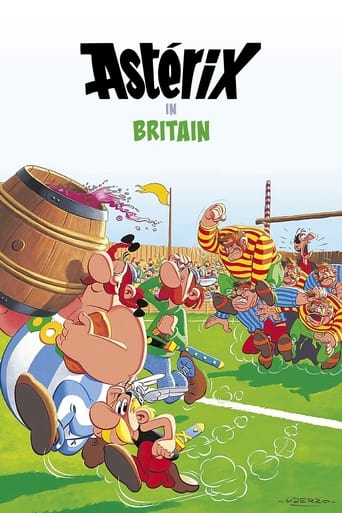
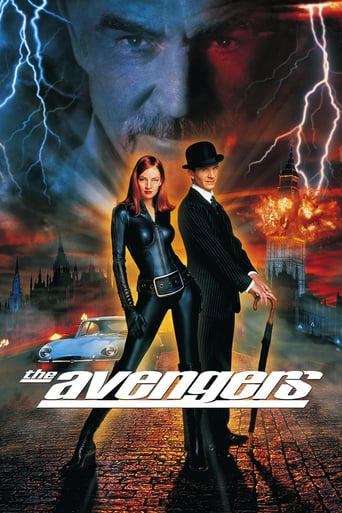
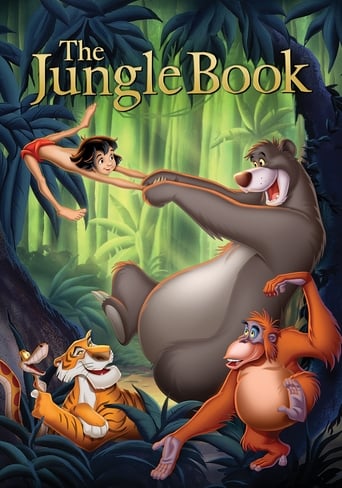
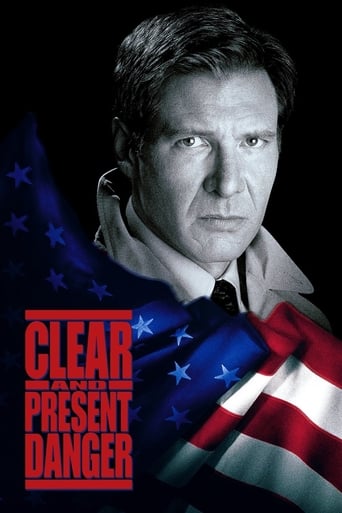
Reviews
I think this is a new genre that they're all sort of working their way through it and haven't got all the kinks worked out yet but it's a genre that works for me.
Yawn. Poorly Filmed Snooze Fest.
A different way of telling a story
One of the film's great tricks is that, for a time, you think it will go down a rabbit hole of unrealistic glorification.
One should try to look at the movie with the eyes of a viewer from the year 1950, at least where the technical aspects of space exploration are concerned . If one doesn't make the effort, "Destination Moon" is sure to look home-spun, primitive or silly, where in fact it was a laudable attempt at scientific and technological accuracy. Its barren lunar landscapes, for instance, were based on observations by astronomers ; seen in retrospect, they aren't all that different from the real thing. Other details too ring true, such as the scenes where the astronauts experience the vast stresses of lift-off or float around in amazed weightlessness. However, I wasn't too fond of the story itself, which lacked depth and nuance. The four astronaut characters, too, could have used far more care and attention. As it now stands, the viewer gets 3 well-meaning but bland heroes plus 1 well-meaning hero of the "comic relief" variety - and the result, sadly, doesn't offer much in the way of surprise or dynamism. The dialogue too is far from scintillating. Still, I was delighted to see that the movie contained an early ancestor of all those tourist photographs, based on a trick of perspective, where a person is shown supporting the Leaning Tower of Pisa, touching the tip of an Egyptian pyramid, cradling the Brussels Atomium, and so on. Visit the Moon and return with a souvenir that will give your pals a chuckle !
The 1950s can be looked back upon as something of a golden age for science fiction films. Both large and low budget films dealt with everything from giant monsters to space exploration, in the latter's case years before it became a fact of life. With that in mind, it is often interesting to go back and look at films from that era to see what they got right as well as what they got wrong. Take this film for instance, released in the summer of 1950 and the brainchild of producer George Pal. Pal in turn drew on top talent such as the science fiction writer Robert Heinlein and artist Chesley Bonestell to help bring this tale of the first manned mission to the Moon to life nearly two decades before NASA's Apollo missions did so. Given that fact, it might be surprising the things the film gets right or predicts. From EVAs (extra-vehicular activities or spacewalks) to the landing itself with last minute corrections, the film has some intriguing pre-echoes of what was to come. There's even moments akin to iconic first words and though the film doesn't go quite as far as having the astronauts plant an American flag, they something not too dissimilar. The film even depicts zero gravity, a rarity for the time, while also making educated guesses about spacesuits and what foods could be eaten in space. Much like Stanley Kubrick's 2001: A Space Odyssey, the film presented a (for its time) plausible vision of space exploration in the not too distant future and as a result the film holds up pretty well in that regard.The film proved iconic in other ways as well. Take the large silver nuclear powered rocket at the heart of the film, so iconic that its influence can be felt throughout much of 1950s and 60s science fiction. The film's depiction of the Earth from space and the lunar surface, shown via a limited set and the paintings of Chesley Bonestell, show what was expected in the days before Sputnik let alone Apollo or the Space Shuttle. While not always accurate, the way the Moon is shown here can be felt on films throughout the era such as 1964's The First Men In The Moon and arguably even Kubrick's 2001. Not to mention the score by Leith Stevens, which would effectively set the standard by which other films in the genre would have to live up to (Stevens would go on to score Pal's When Worlds Collide and the iconic 1953 film of H.G. Wells' The War Of The Worlds). All of which is shown in glorious Technicolor which looks stunning even now, brought together under George Pal's vision with it being directed by Irving Pichel with the result being a film that stands heads and shoulders above much of what was made in the decades to follow.Yet, like all works of "art", the film is very much a product of the time it was created it. The film's special effects, impressive for the time and which appropriately won the Oscar in 1950, are what have perhaps dated the most though they have their moments of effectiveness even sixty odd years later. Where the film is most dated is in it is dialogue and performances, which can be described as at best functional and laughable at worst. The film's semi- documentary tone leaves a lot of room for speeches and exposition but for little else, especially characterization with only Dick Wesson's everyman radio operator Joe Sweeney really having any character. Given the film was released in 1950, Cold War fears are present throughout with the insinuation of the Soviets (unnamed throughout the film's opening third) sabotaging projects and trying to hold back the mission. It's also interesting to note that, given that NASA (a government agency) put men on the moon, the film makes quite a big deal in that same screen-time towards the notion that only private industry could pull off a Moon mission because "government doesn't make those kinds of appropriations in peace time," to paraphrase the General Thayer character. For all of its faults, Destination Moon remains watchable even after six decades. Its Technicolor look at the then not too distant future makes for intriguing viewing even with inaccuracies that we know today or the at times lackluster writing that's heavy on exposition. For its effects and presentation, its a classic in its own way. Not on the level of say 2001 but it is a film every bit as important to the science fiction film genre as Kubrick's. For that alone, it's well worth a watch.
If NASA has its way, according to this George Pal movie, the United States has the obligation to get to the moon first in order to prevent us from being attacked as well as attack from outer space if necessary. No mention of keeping peace or preventing future world wars. It is as if we learned nothing from recent wars-conquer or be conquered these scientists believe. This is the frame that gets the movie started, but unfortunately, that's the end of that concern as the film progresses and the astronauts make their way into the unknown abyss of our galaxy. What they encounter on the moon is simply to return home, but can they? Fortunately, they do not encounter "moon men" or other creatures, just the sight of the earth in the distance. This is not a special effects masterpiece; the photography seems more animated than the popular "stop motion" effects used at the time. As a curiosity, this is worth a view, but will never be among the classic visions of outer-space during the beginning of that genre.
The problem I have with a lot of the early science fiction stories is that they were more often than not heavy on the fiction and light on the science. I have to give credit, therefore, to "Destination Moon." It completely reverses that. It's actually quite heavy on science and the fiction element is pretty light - at least in the sense that it treats the story very seriously. The title sums it up perfectly. A group of scientists and industrialists team up to build a rocket to travel to the moon. As it turned out those who made this movie weren't accurate prognosticators - the method of space travel portrayed (atomic powered engines) turned out not to be what eventually propelled humans to the moon - but the thoughtfulness was there, and I appreciated it. I liked the fact that the effort didn't involve the U.S. Government - in fact, the government wasn't completely supportive. It was all American (and in the context of the very early years of the Cold War the point was made that "we have to get there first or else we're in trouble") but still, it was private citizens doing this. I appreciated that. For 1950, I thought most of the effects were pretty good; the movie rarely seemed dated at all. It had a fresh look and feel pretty much the whole way through, with perhaps only the animated scenes (which were long distance views of the "astronauts" outside the rocket while in flight) looking a bit primitive. Even the Woody Woodpecker cartoon seemed appropriately placed.This isn't especially dramatic. There are a few attempts to introduce drama and excitement, but for the most part I didn't feel any real tension until the very end, when it did seem as though someone was going to have to be left behind on the moon's surface. Aside from that, it was the technical quality and the serious nature of the movie that really appealed to me. The cast (largely unknown, at least to me) was decent enough. Until seeing this, I would probably have dated "Forbidden Planet" as perhaps the earliest truly "serious" sci-fi movie made that I had seen. This was made 6 years earlier, though, and so now takes that prize. Well done, indeed! (7/10)
